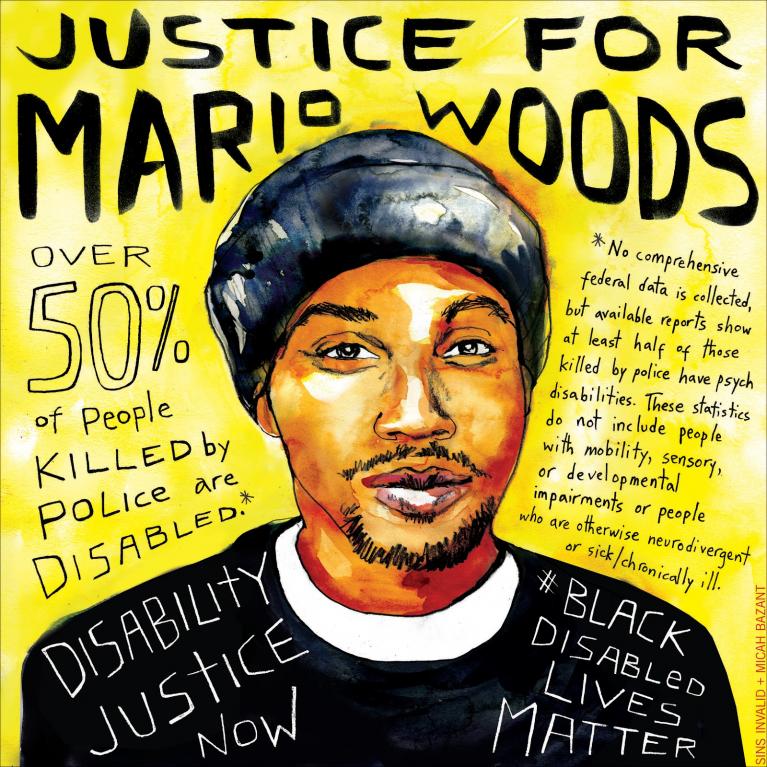April 4, 2016 - 17:09


I happened to come across this image on my Facebook newsfeed just today, while taking a break from the readings for class, and found it very striking. I wanted to look at it alongside a quotation from the Annamma/Connor/Ferri piece:
"Additionally, African American students are '67% more likely than white students with emotional and behavioral problems to be removed from school on the grounds of dangerousness and 13 times more likely than white students with emotional and behavioral problems to be arrested in school'" (Meiners, qtd. in Annamma et al., 7).
Having read some of Meiners' writing in the Arts of Resistance 360 last semester, I had been thinking about these issues of legalized segregation through the special education system for some time. So much of the way racial divides take place in the education system is through the "excuse" of disability, whether officially "diagnosed" or not--but our decision to physically separate students of color (and especially black students) is so clearly grounded in fear. Which bodies are labeled "dangerous?" When we see the countless names and faces of black lives lost at the hands of police violence, the most common argument on the side of the police officer is that they acted in the name of the greater community, attempting to "protect" by responding to "danger" and "threats"--but these perceptions of danger are simply not founded in reality. Rather, they are the result of a culture of fear established to "other" black people, and particularly black men, to a point where their murder at the hands of law enforcement is supposedly justified.
When white people (and even some people of color) claim that black men could avoid police violence if they "just acted respectfully" toward the officer, what does this mean for black men who are neurodivergent, or for whom "acceptable" social exchanges with already prejudiced and hateful law enforcement are not possible? Clearly, this is a matter of life and death--and ending the constant violence depends on an intersectional understanding of race, gender, and disability, which the BLM movement is founded on.
